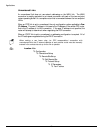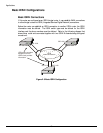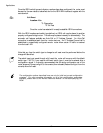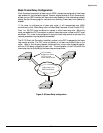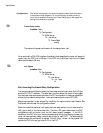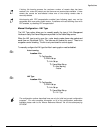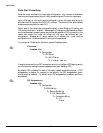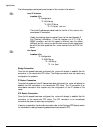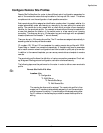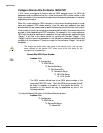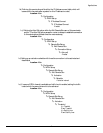
Applications
34
Configuration: The default configuration for routers shipped outside North America is
to have frame relay disabled. To run frame relay on these routers, it
must first be enabled. Selecting the Frame Relay option will toggle the
setting from disabled to enabled.
7 Frame Relay enable
Location: Main
Ä Configuration
Ä WAN Set-up
Ä Link Set-up
Ä Frame Relay
enabled
The router will request confirmation of the change, enter “yes”.
For a router with a CSU-DSU interface, the default clock speed that the router will expect to
receive from the DCE link is 64Kbps. If the DCE link is 56 Kbps, then the Link Speed
value must be reset to 56 here.
7 Link Speed
Location: Main
Ä Configuration
Ä WAN Set-up
Ä Link Set-up
Ä Link Speed
56
Auto Learning the Frame Relay Configuration
The router are pre-configured to query the frame relay service to auto-learn the LMI type
and the PVC DLCI numbers. This auto-learn function allows the router to be plugged
into the frame relay service and auto-learn the PVC configuration to become operational
without further manual configuration. router auto-learning conforms to RFC1490.
Manual configuration is also allowed by modifying the options within each Remote Site
Profile and the individual link configuration menus.
When the router first starts up it will query the frame relay service to try to determine the
LMI type on each of the frame relay links. Once the LMI type is determined, the PVC
configurations will be known from the full status enquiry messages. If the DLCI
numbers of the PVC’s on your service are determined during this learning process, the
router will automatically create a remote site profile for each PVC. The automatically
created remote site profiles will be named “LinkxDLCIyyy” where x is the physical link
number the PVC is on and yyy is the DLCI of the PVC.



